Abu Dhabi is a city where history and modernity intertwine, offering a fascinating journey through time. From grand mosques to ancient forts, the capital of the UAE preserves its rich heritage while embracing the future. For those passionate about exploring the past, the best places to visit for history lovers in Abu Dhabi reveal captivating stories of culture, faith, and tradition. Whether wandering through an oasis that sustained civilizations or stepping into a fortress that once guarded rulers, each site has a unique tale to tell. These historical landmarks provide an immersive experience, allowing visitors to connect with the emirate’s enduring legacy.
SHEIKH ZAYED GRAND MOSQUE
Sheikh Zayed Grand Mosque is an architectural marvel that reflects the finest elements of Islamic artistry. Its pristine white domes, intricate carvings, and elegant minarets make it a breathtaking landmark. The mosque’s vast courtyard, adorned with floral patterns, enhances its grandeur. Inside, massive chandeliers embedded with Swarovski crystals illuminate the prayer halls. Beneath visitors’ feet lies the world’s largest hand-knotted carpet, a masterpiece of craftsmanship. Sunlight filtering through stained glass windows creates mesmerizing patterns on the marble floors. The mosque accommodates over 40,000 worshippers, making it one of the largest in the world.
Surrounding reflective pools mirror its beauty, especially at dusk. The design integrates influences from Persian, Mughal, and Moorish architecture, making it a symbol of cultural fusion. Guided tours provide insights into its history, significance, and construction. Visitors often experience a sense of peace and admiration for its spiritual ambiance.
The mosque’s library contains a valuable collection of Islamic manuscripts and books. Its location near Abu Dhabi’s Corniche enhances its accessibility. Appropriate attire is required for entry to respect religious customs. The mosque is also known for its stunning night illumination. Photography is permitted in specific areas, allowing visitors to capture its grandeur. The Sheikh Zayed Grand Mosque is more than a place of worship—it is a center for cultural exchange. It stands as a testament to harmony and artistic brilliance.
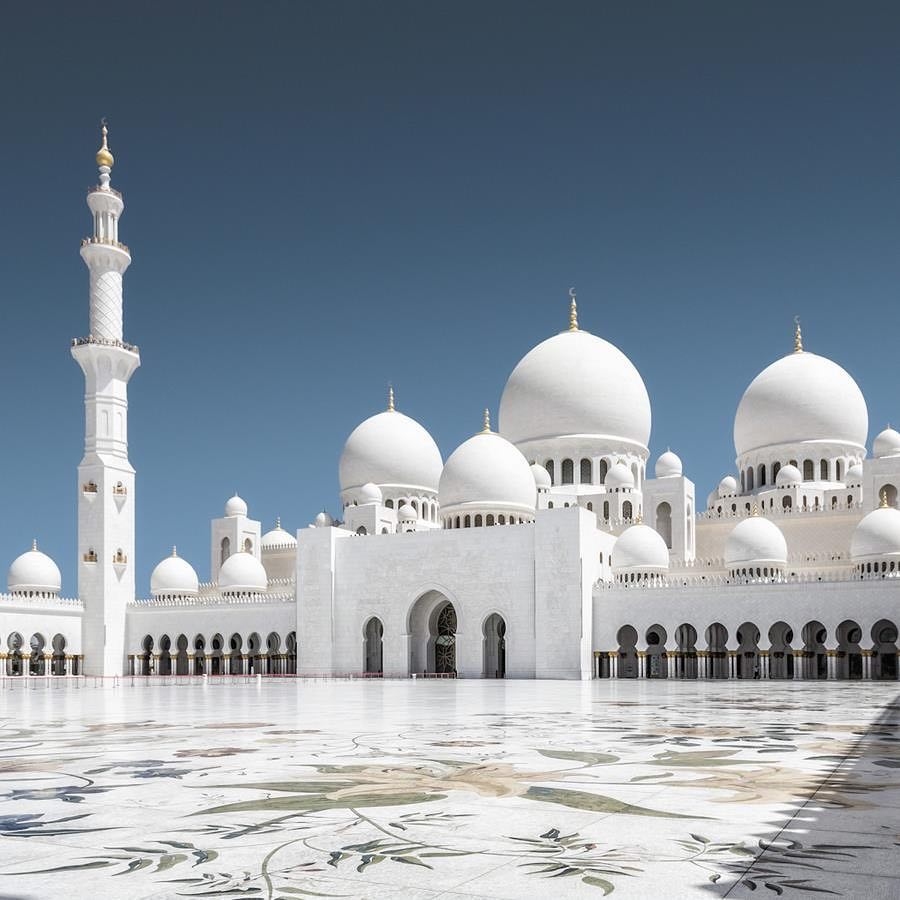
QASR AL HOSN
Qasr Al Hosn, Abu Dhabi’s oldest stone building, stands as a historical icon of resilience and transformation. Originally built in 1761 as a watchtower, it later evolved into a fortress and royal residence. Over centuries, its walls have witnessed the emirate’s rise from a fishing village to a global metropolis. Inside, well-preserved artifacts narrate stories of Abu Dhabi’s past. The architecture reflects traditional Emirati craftsmanship, featuring wooden beams and coral stones. Walking through its halls, visitors feel immersed in the legacy of the ruling Al Nahyan family.
The fort’s inner courtyard, once a gathering space for decision-makers, now hosts cultural performances. The sound of traditional music often fills the air, creating an evocative atmosphere. Restored to its former glory, the fort allows visitors to explore royal chambers and ceremonial spaces. The exterior stands in contrast to the modern skyscrapers surrounding it. Historical photographs displayed within reveal Abu Dhabi’s rapid urban transformation. The scent of Arabian coffee lingers in dedicated cultural sections.
Craftsmen showcase skills like pottery-making and weaving, preserving age-old traditions. The fort’s tower offers panoramic views of the city skyline. Evening light displays add another layer to its historical charm. Qasr Al Hosn remains a cherished monument, preserving the soul of Abu Dhabi. It continues to be a bridge between the past and present.
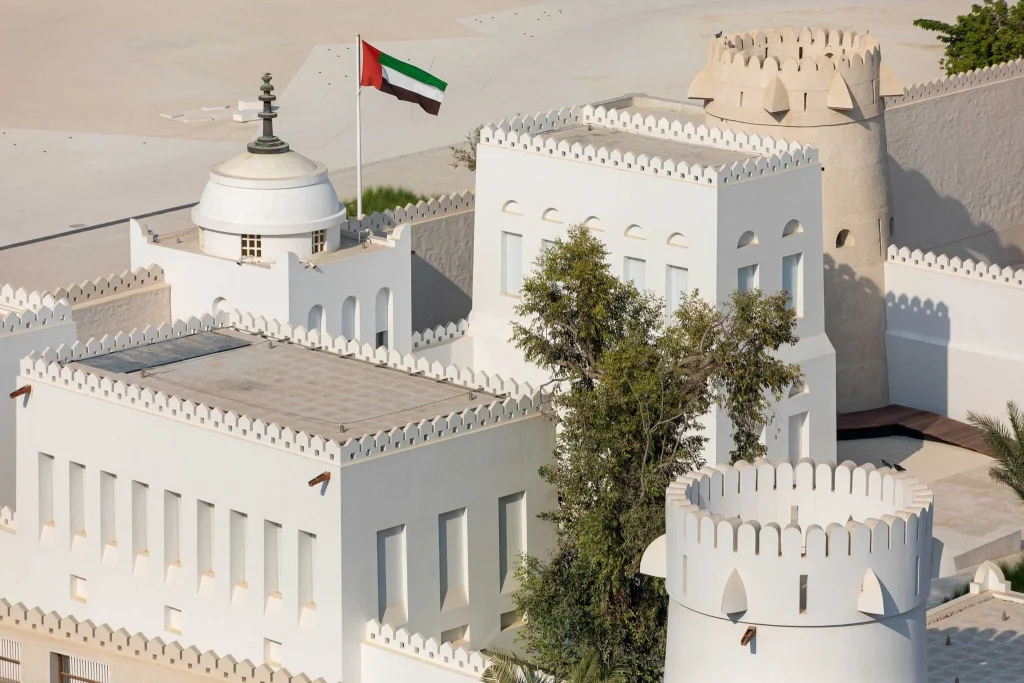
LOUVRE ABU DHABI
Louvre Abu Dhabi is not just a museum—it is an architectural wonder that bridges civilizations. Located on Saadiyat Island, this museum celebrates human creativity across centuries. Its dome, designed by architect Jean Nouvel, creates a mesmerizing “rain of light” effect. Beneath this floating canopy, visitors explore a vast collection of global artworks. Exhibits range from ancient Egyptian artifacts to contemporary masterpieces. The museum’s galleries present history as a universal journey rather than isolated cultures.
Artworks from different civilizations are displayed side by side, highlighting their connections. Walking through the exhibits, visitors encounter paintings by Da Vinci, Van Gogh, and Monet. Special exhibitions bring rare collections from the world’s most prestigious museums. Interactive sections engage visitors in deep artistic reflections. Water channels flowing beneath the structure enhance its serene atmosphere. Cafés and terraces provide relaxing spaces overlooking the Arabian Gulf.
The museum’s children’s section fosters an appreciation for art among young minds. A blend of modernity and tradition, the building itself is a masterpiece. Sunset views from the museum’s waterfront promenade are breathtaking. The Louvre Abu Dhabi embodies the UAE’s vision of cultural inclusivity. It stands as a testament to artistic and intellectual collaboration. Visitors leave with a renewed appreciation for the shared heritage of humanity.
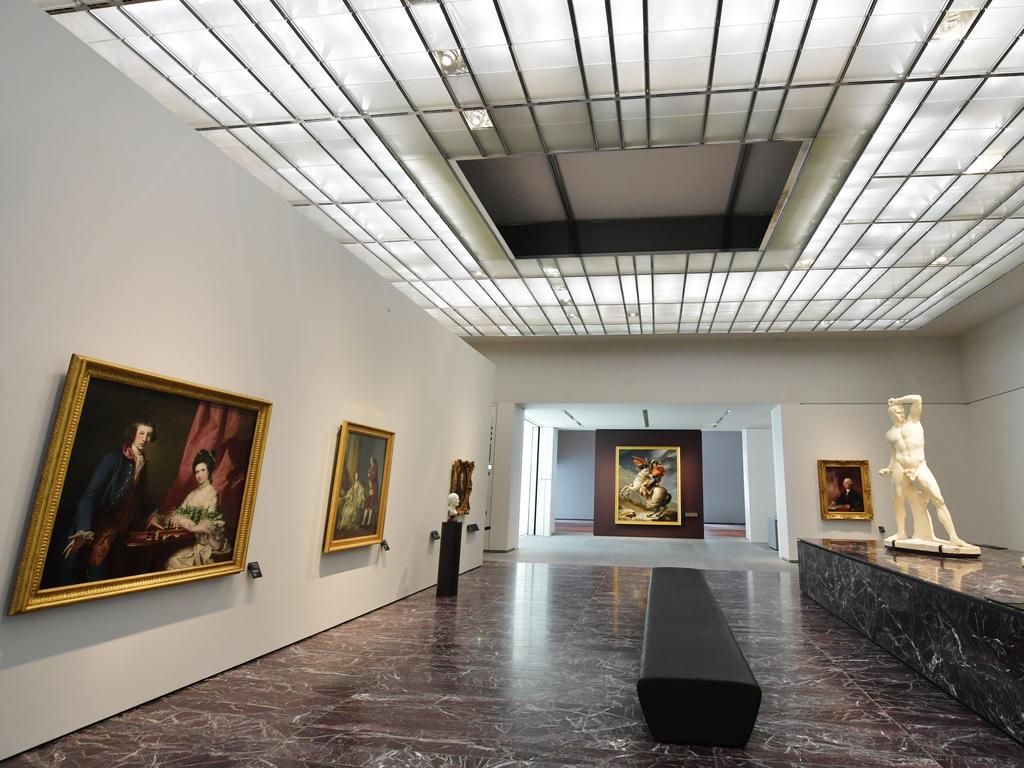
QASR AL WATAN
Qasr Al Watan, Abu Dhabi’s presidential palace, offers a deep insight into the country’s governance and heritage. Unlike traditional palaces, it functions as a center of knowledge and culture. Its Great Hall, with intricate arabesque patterns, reflects remarkable craftsmanship. The central dome, one of the largest in the world, dominates the palace’s interior. Walking through its halls, visitors encounter grand chandeliers and gilded motifs. The architecture seamlessly blends traditional Arabian design with contemporary aesthetics.
Beyond its beauty, the palace serves as a repository of governmental archives. Its library houses an extensive collection of books on politics, history, and philosophy. Exhibits display diplomatic gifts and royal memorabilia. The courtyard features expansive gardens, offering picturesque walking trails. Evening light shows bring the palace’s story to life in a visually stunning way. The palace highlights the UAE’s commitment to transparency and cultural dialogue.
Visitors often leave with a deeper understanding of the country’s political vision. Every corner of the palace exudes elegance and sophistication. The royal meeting rooms showcase intricate calligraphy and handcrafted wooden panels. Symbolically, Qasr Al Watan stands as an emblem of national pride. It is not merely a political institution but a cultural beacon. A visit here is an encounter with the UAE’s rich intellectual and artistic heritage.
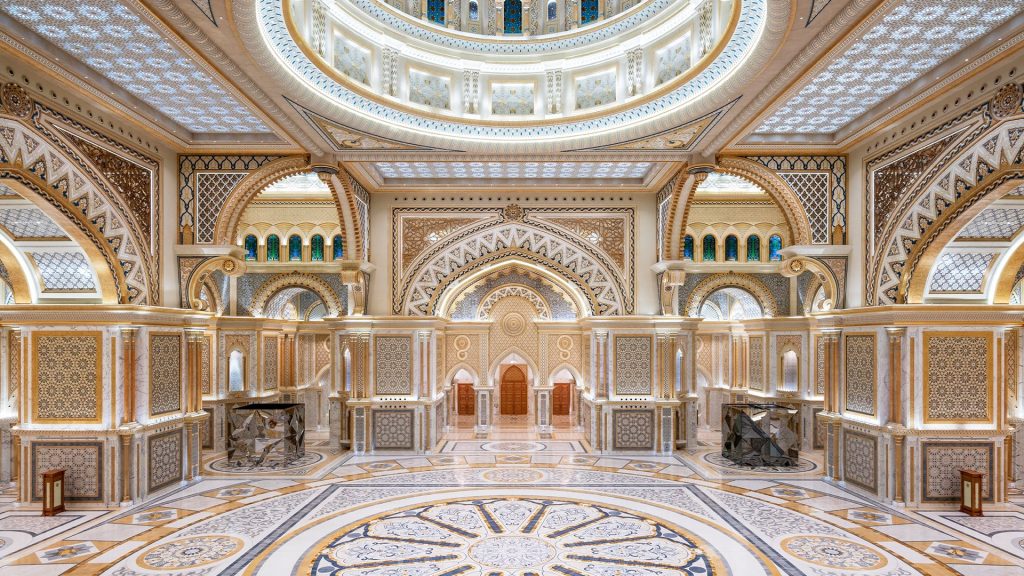
AL AIN OASIS
Al Ain Oasis, a UNESCO World Heritage site, provides a glimpse into ancient Emirati agricultural practices. This vast green sanctuary contrasts sharply with the surrounding desert landscape. The oasis has been inhabited for thousands of years, sustaining generations through ingenious irrigation. At its core is the ancient falaj system, a network of underground channels distributing water. Towering date palms create a shaded canopy over winding footpaths. The pathways invite leisurely strolls, offering a serene escape from city life.
Birds chirp in the background, adding to the tranquility of the environment. The oasis remains a testament to sustainable agricultural traditions. Information panels along the trails provide insights into desert farming techniques. Farmers continue to cultivate date palms and citrus fruits using age-old methods. The landscape is interwoven with small farms and traditional mud-brick structures. Visitors can observe how the oasis played a vital role in early desert settlements.
Seasonal agricultural festivals celebrate the region’s farming heritage. The oasis is also home to Al Ain’s eco-center, promoting environmental awareness. Heritage tours allow visitors to engage with local farmers and artisans. The area serves as a bridge between history and modern conservation efforts. Its proximity to Al Ain Palace Museum adds another layer to its significance. Walking through its palm groves, one can feel the rhythm of nature. Al Ain Oasis stands as a living museum of sustainability and adaptation. A visit here reveals the deep connection between land and Emirati identity.
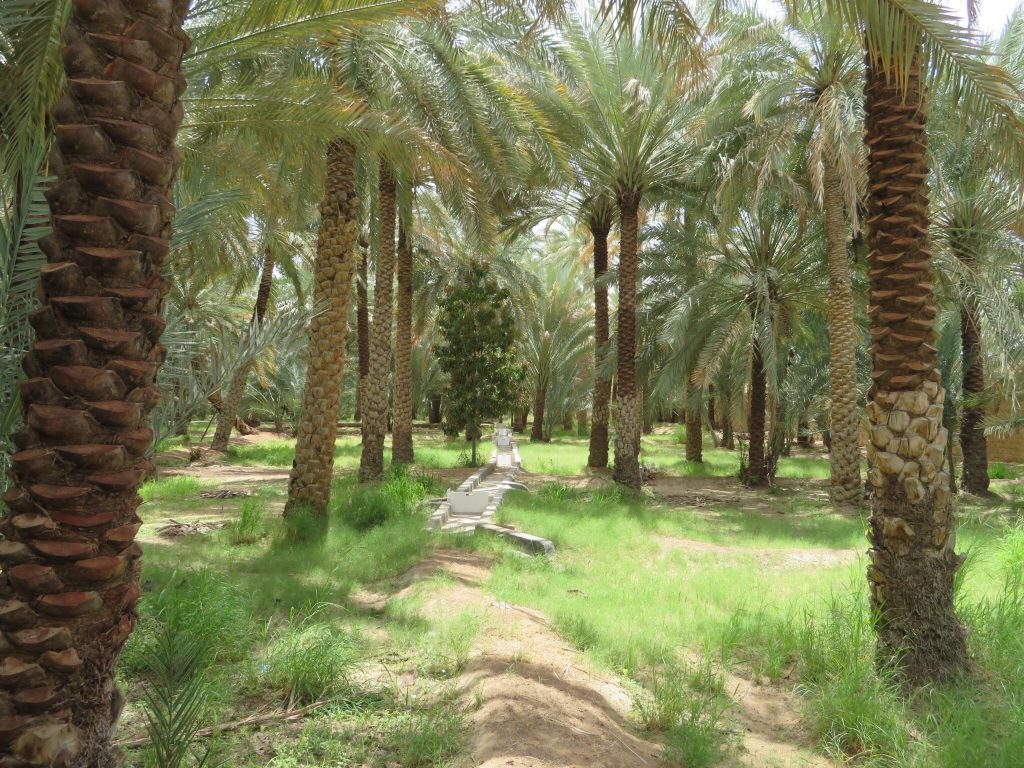
EMIRATES HERITAGE VILLAGE
Emirates Heritage Village offers a vivid recreation of Abu Dhabi’s past, effectively preserving Bedouin traditions and daily life. Situated near Marina Mall, this open-air museum allows visitors to step back in time, experiencing life before the rise of modern skyscrapers. Additionally, the village features reconstructed mud-brick houses, palm-leaf huts, and bustling traditional souks. Meanwhile, artisans demonstrate ancient crafts, including pottery-making, metalwork, and weaving, offering an authentic glimpse into Emirati craftsmanship. As a result, visitors can watch skilled craftsmen shape clay pots or carve intricate wooden tools, immersing themselves in the cultural experience.
Furthermore, the scent of freshly baked Arabic bread drifts through the air, enhancing the sensory journey. At the heart of the village, a small museum showcases historical artifacts and photographs, providing valuable context to the displays. Likewise, camels rest under shaded areas, symbolizing the region’s deep-rooted nomadic heritage. A falaj irrigation system highlights traditional water management techniques that sustained desert communities for centuries. In addition, as visitors explore the village, they encounter local traders selling fragrant spices, exquisite jewelry, and meticulously crafted handmade textiles.
Notably, live falconry demonstrations showcase the UAE’s enduring bond with these majestic birds. At the same time, the village’s scenic location overlooking the Corniche enhances its charm, particularly at sunset when the golden dunes in the distance create a mesmerizing backdrop. Moreover, guided tours delve into the significance of each structure and tradition, offering enriching insights. Traditional dance performances bring the cultural experience to life, while local storytellers captivate audiences with tales of the emirate’s early days. Ultimately, visitors can savor authentic Emirati cuisine, including dates and gahwa (Arabic coffee). The Heritage Village remains an essential destination for understanding Abu Dhabi’s origins, embodying the resilience and ingenuity of the people who shaped this land.
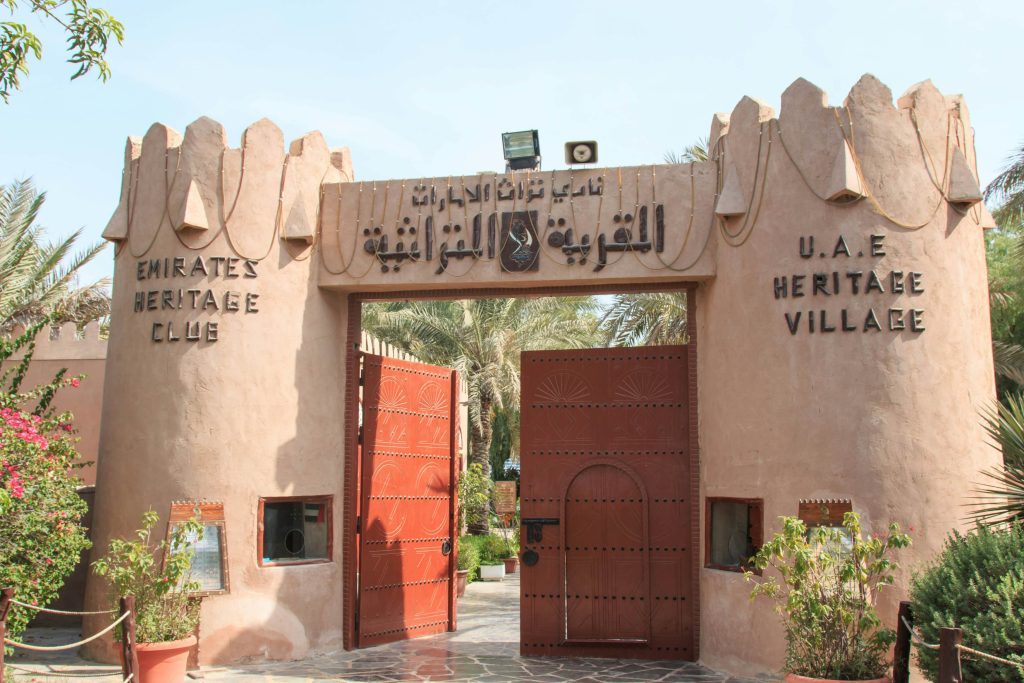
AL JAHILI FORT
Nestled in Al Ain, Al Jahili Fort is one of the UAE’s most well-preserved historic structures. Built in 1891, it originally served to protect the city and its precious water sources. The fort’s high walls and watchtowers stand as a testament to early defensive strategies. Surrounding gardens provide a stark contrast to the desert landscape. Palm groves nearby highlight the region’s reliance on oasis agriculture. Walking through the entrance, visitors are transported to an era of military strength.
Inside, exhibits detail the history of the fort and the ruling Al Nahyan family. The fort also houses a dedicated exhibition on British explorer Wilfred Thesiger. His photographs document Bedouin life in the Empty Quarter during the 1940s. Traditional Emirati calligraphy and weaponry are displayed in carefully curated rooms. The fort’s inner courtyard hosts cultural events and poetry readings. Local musicians often perform traditional songs, enriching the visitor experience.
Restoration efforts have preserved the original mud-brick walls and intricate wooden doors. Climbing the watchtower reveals panoramic views of Al Ain’s historic district. The fort’s architecture blends defensive practicality with aesthetic simplicity. A small bookstore within the premises offers literature on Emirati heritage. The structure stands as a symbol of Al Ain’s strategic importance in history. Walking along its corridors, one can imagine soldiers patrolling centuries ago. Al Jahili Fort remains a must-visit for those interested in desert fortifications. It serves as a bridge between military history and cultural preservation.
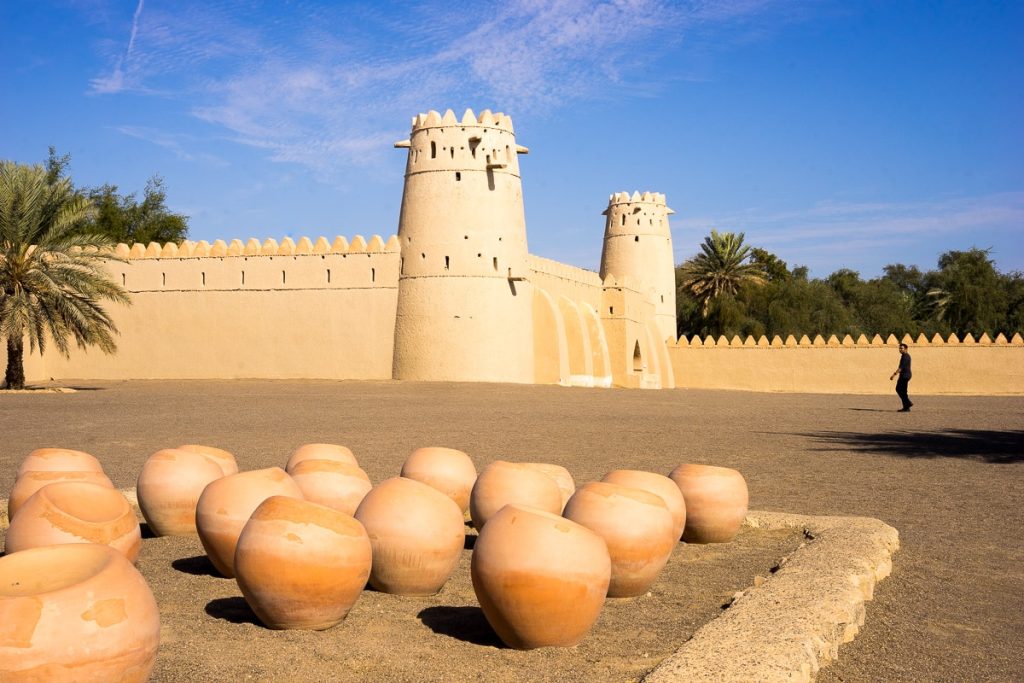
BANIYAS ISLAND & SIR BANIYAS CHURCH
Sir Baniyas Island, located off Abu Dhabi’s coast, holds a fascinating chapter of early Christian history. Not only was the island home to a thriving Christian community, but it has also been transformed into a wildlife reserve, preserving both nature and heritage. Archaeologists, after years of research, uncovered the remains of an ancient monastery and church dating back to the 7th century. Consequently, this site is considered one of the earliest known Christian settlements in the region. Moreover, surrounded by arid landscapes and mangrove forests, the ruins stand in stark contrast to the island’s vibrant wildlife.
Furthermore, excavations have revealed stone walls, burial sites, and inscriptions in ancient scripts, shedding light on the settlement’s way of life. It is believed that the island once served as a peaceful trading and worship center. In addition, historians suggest that monks lived here in isolation, dedicating themselves to religious rituals and scholarship. The monastery’s layout, with its distinctive design, clearly reflects influences from early Eastern Christian architecture. As a result, visitors can explore remnants of small chapels and communal areas, offering a glimpse into pre-Islamic religious practices.
Meanwhile, interpretive signs throughout the site explain the significance of the structures and daily routines of the monks. Additionally, the island’s nature reserve provides guided tours, allowing visitors to experience both the ruins and the surrounding ecosystem. While exploring, one might even spot Arabian oryx and gazelles freely roaming the landscape. Ultimately, the island’s preservation efforts strike a balance between historical conservation and environmental sustainability. Given this unique blend of past and present, Sir Baniyas Island remains a remarkable archaeological treasure waiting to be further explored.
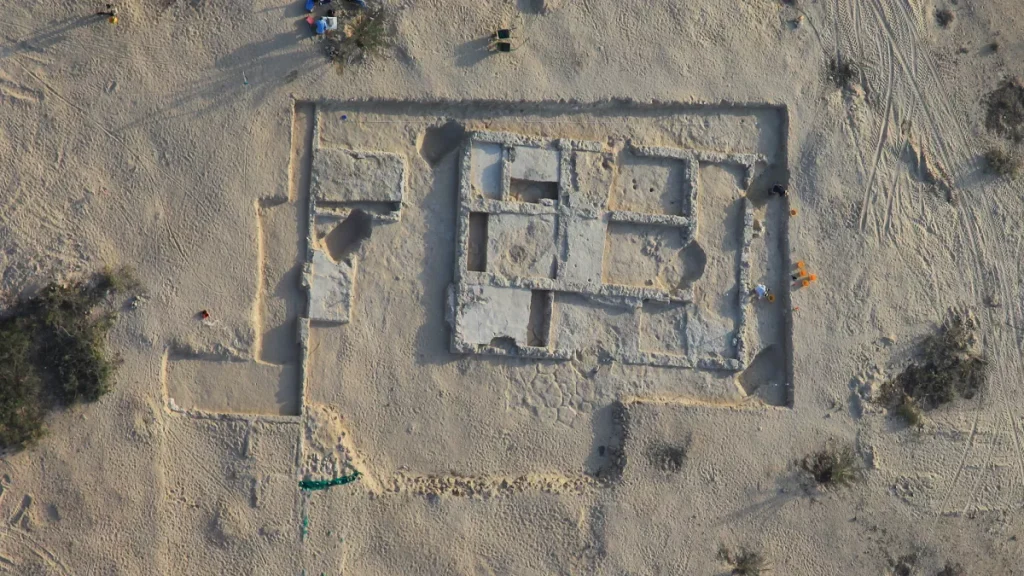


 then "Add to Home Screen"
then "Add to Home Screen"